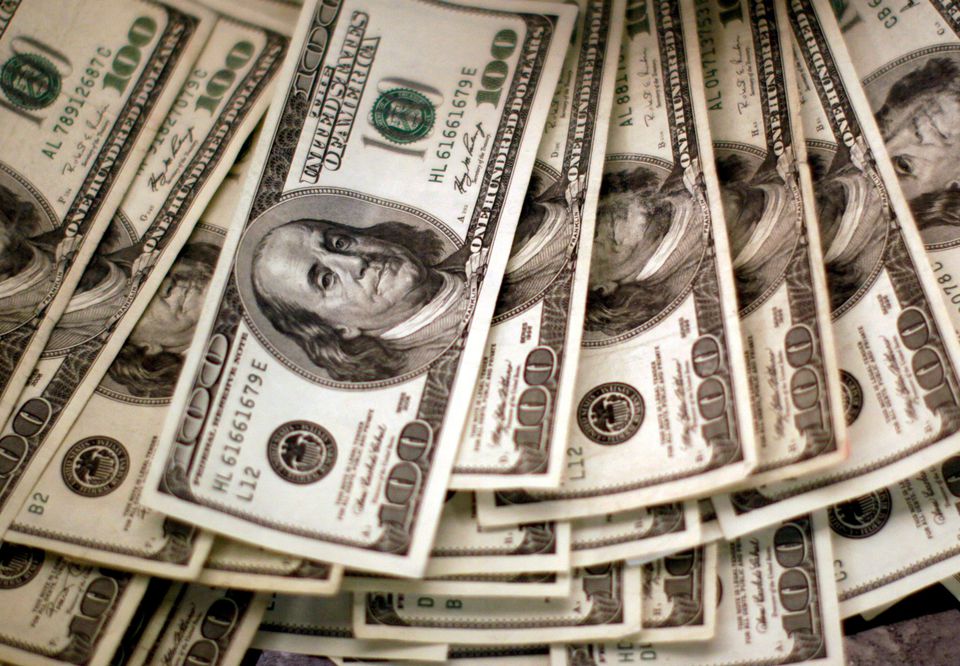Publisher: Maaal International Media Company
License: 465734
Bloomberg: Global central banks prepare to further borrowing cost cuts in a cautious move
اقرأ المزيد
Bloomberg Economics said that global central bank governors are ready to further reduce borrowing costs, but such a move is cautious, as their eyes are on the policies of US President-elect Donald Trump.
The agency added in a report that while most major economies are expected to see monetary policy ease during the new year, the pace of this is likely to be slow.
Bloomberg added that the Federal Reserve (the US central bank) has already turned its attention to the risk of renewed inflation, which has largely limited the chances of easing monetary policy for the time being, and stated that other countries from the euro zone to the United Kingdom are ready to continue reducing borrowing costs to support economic growth, but without any indication of rushing to do so.
President Trump is a fearsome presence for central bankers around the world, as the tariffs he has threatened to impose could hurt economic growth and could also lead to higher consumer prices if retaliatory measures are taken.
For his part, Trump denied a report by the American newspaper “Washington Post” that his aides are considering reducing his tariff plan to apply only to certain vital imports.
Trump said in a post on the “Truth Social” website yesterday: “The story published by the Washington Post, citing anonymous sources, which do not exist, incorrectly states that my tariff policy will be reduced. This is wrong.”
The dollar index, which tracks the currency against a basket of six currencies, initially fell by more than 1%, according to the British newspaper “Financial Times”.
However, the newspaper reported that the dollar reduced its losses to 0.6% during the day, after Trump denied the report and described it as “fake news.” The euro, which initially rose 1.2% to $1.043 following the report, gave up some of its gains to trade at $1.038 after the president-elect’s denial.
The pound, which was the best performing G10 currency against the dollar last year, also rose earlier to $1.255 before retreating to $1.251, according to the British newspaper.
The newspaper quoted Chris Turner, head of global markets at ING Group, as saying that the report of the tariff reduction had sparked a rise in the euro against the dollar, with hopes that the region’s carmakers would be exempt from the tariffs. He added that the tariffs may also have a less inflationary impact than initially expected.
For its part, Bloomberg noted that Jerome Powell, the head of the US central bank, had expressed a fair amount of confidence that monetary policy would remain significantly tight, and that inflation would continue to move downward. But based on new inflation forecasts and expectations of a so-called neutral interest rate (one that neither stimulates nor restrains the economy), many of his colleagues appear more skeptical.
That could, according to Bloomberg, heighten tensions among Fed officials, with another source of tension looming: The president-elect loves low interest rates and high stock markets, and could be irritated, as in the past, by the gap between benchmark interest rates in the United States and the euro zone, which is expected to widen in 2025.
The European Central Bank has embarked on a steady path of rate cuts, likely to lift its deposit rate to 2% by the middle of this year in a series of quarter-point steps. While some officials have floated the option of bigger moves, most see no urgency in accelerating the pace.
She added that while headline inflation is expected to stabilize at the ECB’s 2% target in 2025, service prices are still rising at nearly double that rate. Economic growth is expected to recover after a winter lull, supported by a recovery in private spending. The agency noted that the Bank of England (the British central bank) plans to stick to its quarterly rate cut pace for now, even as domestic price pressures and uncertainty abroad increase. It added that Andrew Bailey, the governor of the Bank of England, stressed the need for “gradual” cuts at the previous December meeting. Bloomberg stressed in conclusion that for central banks on the path to normalizing policies, the last mile will not be smooth. Uneven progress toward a 2% inflation rate, expected shocks from the incoming Trump administration, and uncertainty about neutral interest rates all increase the chances of surprises.









